What HoloLens means for Microsoft and the future of personal computing
One year ago Microsoft introduced the world to what the company sees as the next phase in personal computing, mobile and otherwise.
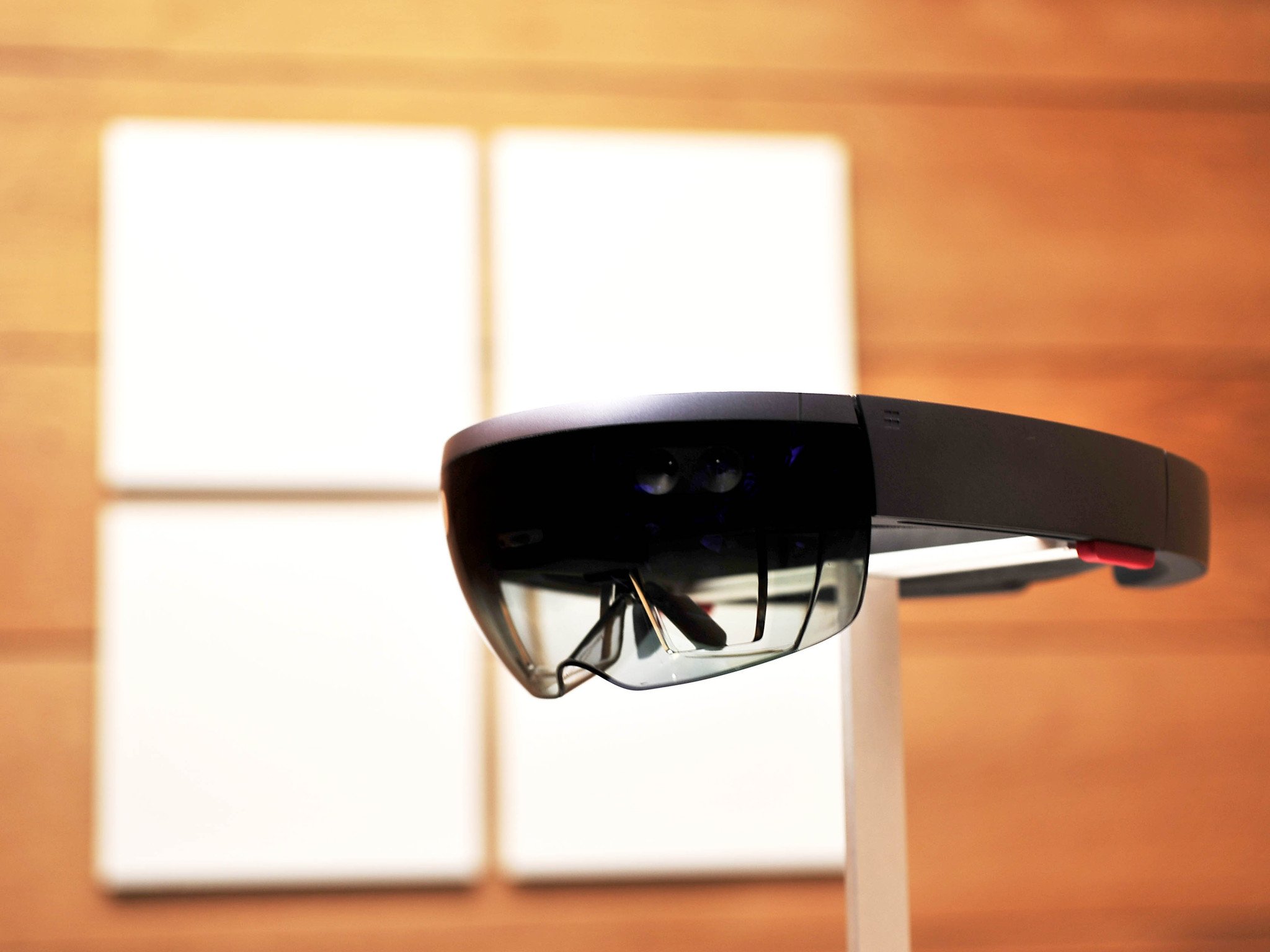
That'd be HoloLens, a ground-breaking concept of mixed-reality holographic computing delivered via a self-contained untethered wearable computer, and the new computing platform Windows Holographic. Microsoft's vision is of a world where the boundaries between our real and digital experiences are no more.
Microsoft inventor Alex Kipman summed it up this way:
"Until now, we've immersed ourselves in the world of technology,"…"But, what if we could take technology and bring it into our world?" "Holograms can become part of our everyday life."
Until we saw that first HoloLens demo, a world where the tangible and immaterial shared and interacted within the same space seemed reserved to the realm of Star Trek's holodeck. It sounded like science-fiction. In some ways it still does.

Furthermore, the era of holographic computing being ushered in by Microsoft, a company that has in recent years been considered by a great many as "uncool," seems a fictional notion indeed. But it's real in all of its ephemeral glory. The next phase of personal computing — holographic computing — is here courtesy of Microsoft.
Additionally, though Microsoft has been criticized for executing poorly in the past, with HoloLens and Windows Holographic, they're taking the time and building the ecosystem to get it right. According to Microsoft CEO Satya Nadella, this is a five-year journey which includes an early-2016 release of a $3000 HoloLens developer kit, an initial focus on enterprise and the private sector, culminating with a commercial version in the future. For what will presumably be a refined device and a developed platform for a revolutionary shift in computing, that's not a long wait.
Under the hood
Time flies, and in technology, it's flying faster than ever. Children today are growing up in a world of persistently connected devices, artificially intelligent assistants, screens that beg to be touched and if Microsoft is successful, 'holograms' that will be interacted with as naturally as they interact with the physical world. What makes all of this possible?
Microsoft HoloLens is a head-mounted wearable Windows 10 computer; this is key. It is both untethered and self-contained, and therefore, does not require a PC or phone to operate. It contains both a high-end CPU and GPU. To these Microsoft has added a custom designed holographic processing unit (HPU) which processes terabytes of information about a user's environment, gaze, gestures and voice all in real-time. Besides high definition lenses that provide a compelling visual experience, HoloLens also provides spatial sound so a user can even hear holograms that are behind them.
All the latest news, reviews, and guides for Windows and Xbox diehards.
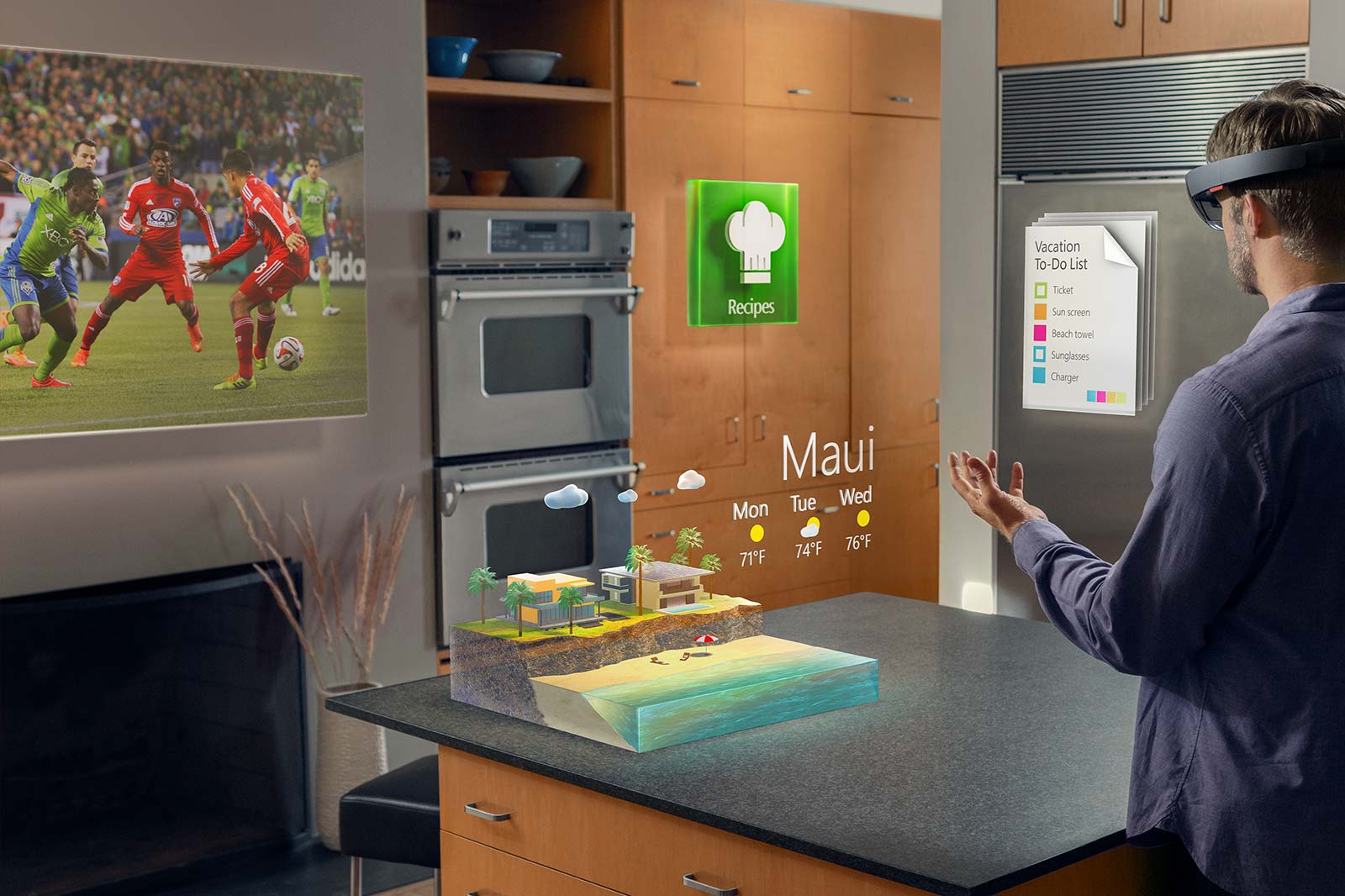
Simply put, HoloLens and Windows Holographic are, for now, unique in the industry and represent a potential shift in computing akin to what the advent of the iPhone initiated. Chris Capossela, Microsoft's Marketing Officer shared the following regarding the impact of that January 21st HoloLens introduction:
…"we talked a lot about, is this our iPhone-type moment? Meaning you surprise the world with something that's very complete and ready to go at scale and given that this is a brand new platform, this is a new PC…do we do Windows 10 and HoloLens together in one moment or will one overshadow the other?…And now in hindsight it was perfect…If anything HoloLens has gotten much bigger than we intended. It's become humongous without us selling a single unit. We won Time Gadget of the Year!"
As groundbreaking as HoloLens is, it is just part of the story. Windows 10 is the soul of the machine and key to Microsoft's holographic computing platform play.
One of 10

The introduction of HoloLens with Windows 10 was perfect because Microsoft was introducing an entirely new computing platform via Windows Holographic, in addition to the HoloLens hardware that would showcase it. Let's not become so enamored by the impressive hardware that we forget that Windows Holographic is part of Windows 10 and represents Microsoft's way of becoming the world's platform for holographic computing. Kipman explained the breadth of Windows Holographic this way:
Every Windows 10 device has APIs focused on human and environment understanding. Holographic APIs are enabled inside every Windows 10 build, from the little screen to the big screens, to no screens at all. At its core Windows has always been built with an ecosystem of partners. Throughout our history, we have brought new attributes to Windows that empower not only developers but also our device makers to unleash their creativity to the world. Windows Holographic was created from the ground up with that same heritage in mind.
It's a powerful statement. First, it communicates Microsoft's resolve to move the industry to holographic computing. Their goal of 1 billion installs of Windows 10 in two years, (having already achieved 20% of that mark since launching in July) reflects the company's intent to permeate the industry with its "holographic-computing-ready" OS. With a Universal Windows Platform on a billion of the world's PC's, phones, tablets, Xboxes and connected devices boasting holographic APIs, the ubiquity of the platform will be established.
Second, Kipman stressed the legacy of Windows' evolution as a result of the partnerships that consequently helped the company put a PC on virtually every desk. Windows Holographic was designed to take advantage of that successful relationship infrastructure.
Windows holographic was created from the ground up with that same heritage in mind.
Finally, Windows holographic apps will be capable of benefiting from Microsoft's Universal Windows Platform. Developers will be able to create holographic apps from universal apps they've previously written for other Windows devices. Additionally, if the burgeoning activity of the Windows Store continues as the Windows 10 install base grows, increasing numbers of developers may engage the Windows ecosystem. We might today be at the ground level of a revolutionary shift in computing with Windows as the foundation.
What's in store

The advent of Windows 10 was transformative for the Windows Store and Microsoft's ecosystem. The Store saw 2.5 billion visits following Windows 10's launch.
A developer's universal app today can easily become a universal holographic app tomorrow.
Additionally, application usage has grown, and developer revenue has increased fourfold. This growth is the momentum the OS heralding Windows Holographic is experiencing. And as previously stated, a developer's universal app today can easily become a universal holographic app tomorrow.
Still, building the foundation for a new way of computing takes time and a calculated rollout. Capossela said that at Microsoft they "felt like we had to build an ecosystem and so we have to go with a slower rollout."
This rollout is multi-faceted. It affords Microsoft the time to nurture and capitalize on both the Store's and ecosystem's growth. Engaged users and developers at the base of a new computing paradigm are essential to a vibrant ecosystem.
Nadella said that the first version of HoloLens is targeted more at developers and enterprise. This smaller initial target allows for a controlled release, closer collaboration and presumably swifter platform and product refinement. This focus doesn't exclude the long-term vision for gaming and other applications. Nadella said that Minecraft was purchased in part because he wanted a hit game for the new medium of mixed-reality.
This structured roll-out also affords Microsoft the time to fortify its position with OEM partners in preparation for the shift. As the industry bemoaned a decline in PC sales Microsoft made the courageous investment to create the OS and hardware that have inspired the industry to adopt the 2-in-1 PC form factor. This bold move, which has made 2-in-1s a growing segment, will likely encourage the trust of OEMs as Microsoft leads the industry into holographic computing. The continued and extended decline in PC sales may also drive manufacturing partners to consider expanding their own line-up into this new market.
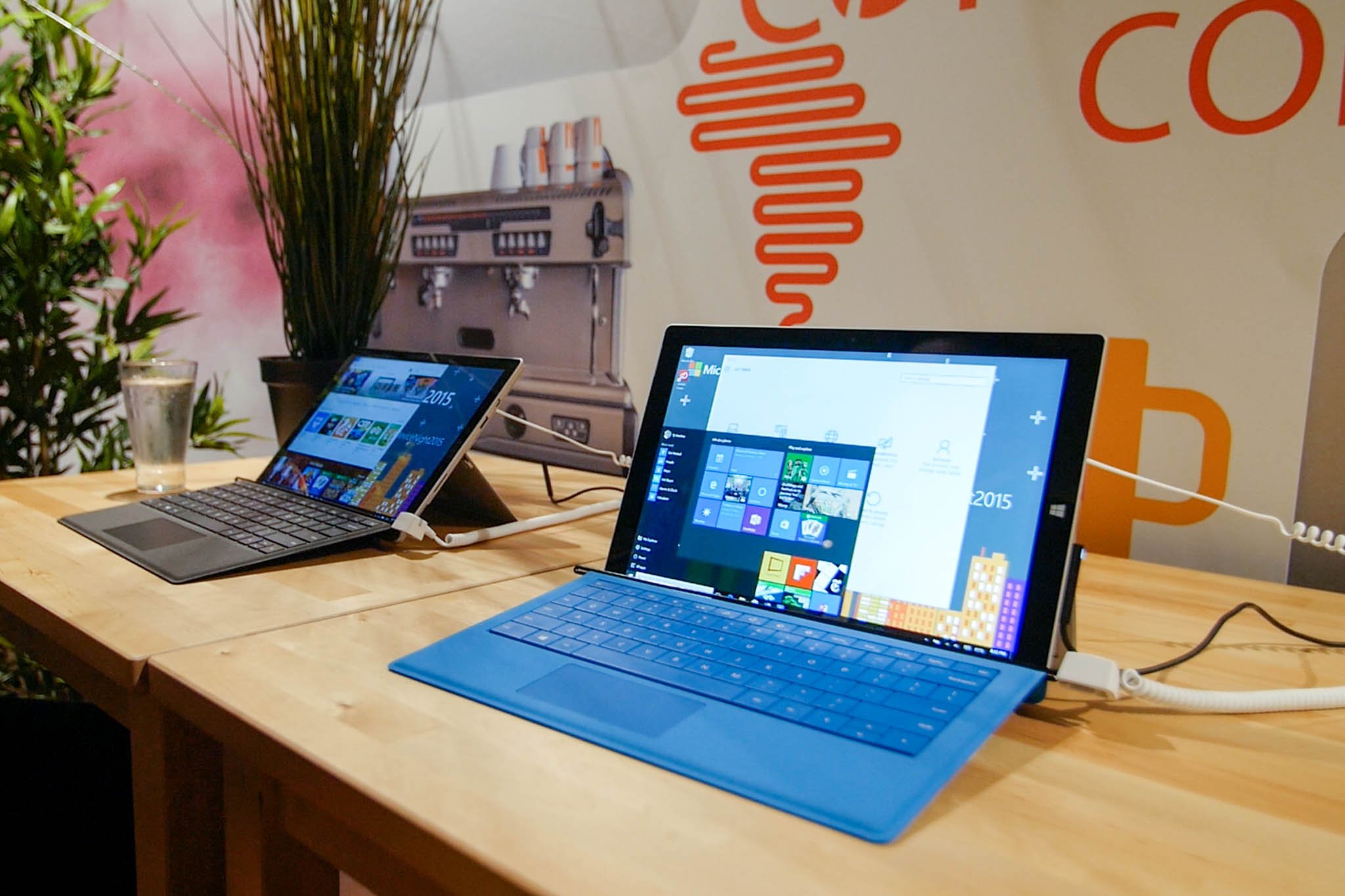
As the Surface is the inspiration to the host of Windows 10-powered 2-in-1 computers inundating the market, HoloLens is intended to be the same for the range of Windows 10 holographic computers to come. Nadella articulated it this way:
…we are trying to create new categories like Surface did. Now every OEM has a two-in-one, which I celebrate…We will do HoloLens, and then, since the holographic computing platform is right there in Windows, there will be people who will build holographic computers beyond HoloLens. So I want all of that to happen.
HoloLens is about Microsoft leading the industry to and becoming the platform for holographic computing. And for that, Windows 10 is key.
Virtual fighters
So what of the competition? Most players, like Facebook's Windows-based Oculus Rift (which streams Xbox games and includes a Xbox controller) have gone the route of immersive virtual reality, rather than the mixed-reality of HoloLens. Even HTC's Vive Pre headset, which recently gained a camera for imaging its external environment, is still almost exclusively targeted at VR.
Even Google, which was one of the first onto the wearable headset computing scene with the ill-fated first version of Google Glass felt the need to pull back and reset. It's entirely coincidence that Google's decision came the same week that Microsoft first demoed HoloLens, but it's a testament to the difficulty of wearable computing.
Magic Leap, which secured more than half-a-billion dollars in financing from a group of investors led by Google just three months before the HoloLens announcement, seems to be tackling augmented reality at the same scale as Microsoft. Magic Leap's proprietary mobile wearable is claimed to place "objects indistinguishable from real objects" into the user's field of vision, and their demos certainly look impressive and might be capable of rivaling HoloLens. While we've yet to actually see the hardware or a live demo or real explanation of what Magic Leap intends to offer, Microsoft is publicly on track to bring their revolutionary device and platform to market.
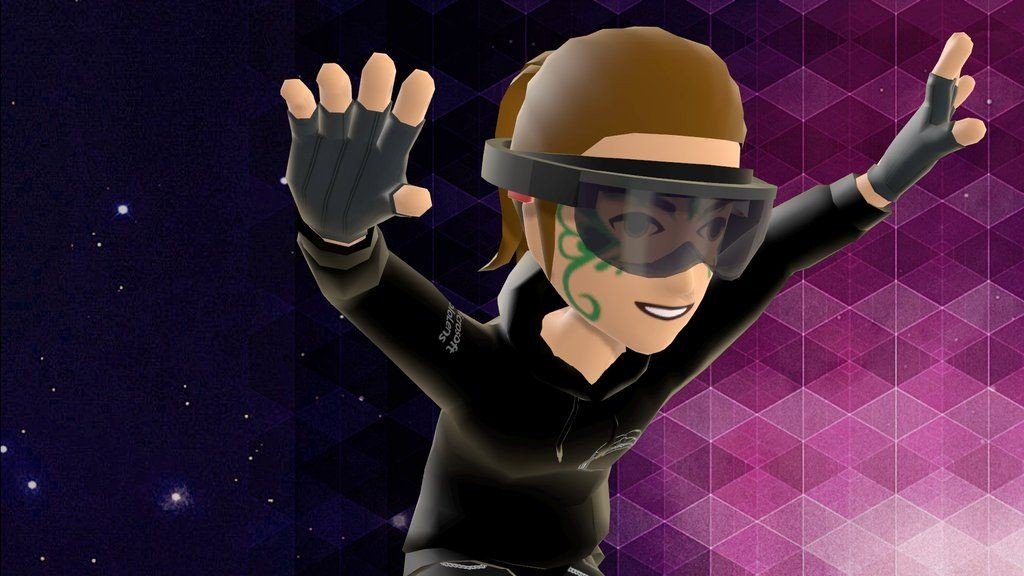
Conceivably by the time rivals leap into the fray with a truly competitive AR device Microsoft will be months or years into partnerships with developers, enterprise, and the private sector. Universal Windows apps that can be easily expanded to accommodate the holographic platform will likely be populating the growing Windows Store.
OEM partners already invested in Windows and excited about what Microsoft inspired with the Surface will likely feel confident about Microsoft's leadership in mixed-reality. The weight of partners that won Microsoft 90% of the PC market and facilitated an industry shift to 2-in-1 PCs is a powerful resource. Additionally, consumers and an industry already impressed by HoloLens may maintain their opinion that the device is simply "cool."
"Coolness" isn't really what we would call a quantifiable variable, but that positive customer perception is an incredibly valuable asset — just ask Apple about the benefits of being cool.
Speaking of Apple, Cupertino has no real skin in the AR game. With its two most recent "major" advancements being an iPad Pro with a keyboard cover and eraser-less pencil and two bigger iPhones, the world's most valuable company's products are lagging behind the innovation of companies like Microsoft. That's not to say that Apple doesn't have the capacity to surprise — this is the company that gave the world the Apple II, Macintosh, iPod, and iPhone, after all. And Apple has a penchant for secrecy, so there's no saying what they've got in their labs. But for the first time in ages it seems like it's Microsoft that has the upper hand in innovation. This is a Microsoft that's revitalized and reengergized like we've never seen before. If holographic computing becomes a real thing in the next several years, it could be Microsoft that is the trend setter for the next tectonic shift in computing.
Where we are headed
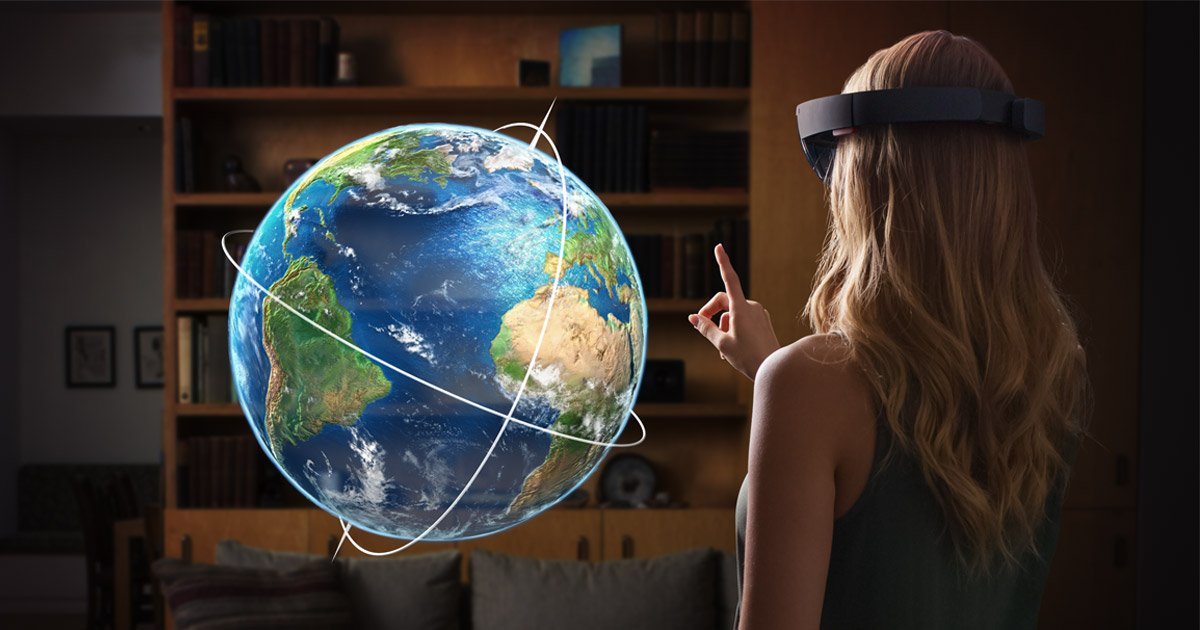
Early cell phones were technologically functional, but also hilariously large and weighty. Technically portable, if you will. Their place in everyday life was limited. The current (and likely 2020) design of HoloLens will present users with similar limitations. If you're reading Windows Central, however, you know that cell phones have achieved pocketable dimensions that make them a consistently integral part of our lives. They have not only transcended the limited functionality of cell phones of the 80's and 90's, but they've far surpassed the power of the PC's of that era as well. Technology has a way shrinking and getting more powerful faster than even seems feasible. Consider the fully-functional Light Phone that's small and slim enough to fit into a wallet.
The visor design of HoloLens and future OEM-manufactured Windows holographic devices will likely, in time (and time is critical) progressively give way to designs that look more like traditional eyewear. The technology will progressively become smaller and lighter and more invisible in bulk and interaction.
Additionally, as a Windows 10 computer, HoloLens (and future OEM devices) is capable of doing everything Windows 10 PCs can do out of the box. All Windows apps already run natively in a 2-dimensional environment on the headset. Even Xbox games can find their way onto HoloLens:
Here's how Satya Nadella described how HoloLens fits into Microsoft's ecosystem and vision
…I like to think about Windows 10 as not being bound to any one form factor. What is Alex doing with a HoloLens? It was a Windows 10 Universal App Platform…I have a Band…my phone…Surface…my Surface Hub and I'll have a HoloLens. And that…is all Windows 10. And I'll seamlessly move between all of these. I want the notifications…data and apps to flow between all of these things.
Wearable holographic computers, if one sees them as I believe Microsoft does, can be a user's PC, tablet, television, music player, gaming device, phone (yes the Surface Phone is just a step toward this future) and much more. To get there Microsoft is methodically building the Windows Holographic ecosystem of partners, developers, consumers and more.
Just as Microsoft moved the industry toward 2-in-1s with the Surface; with HoloLens, Windows Holographic and Windows 10 they are moving the industry toward holographic computing. Of course, there are those who won't believe it until they see it.

Jason L Ward is a Former Columnist at Windows Central. He provided a unique big picture analysis of the complex world of Microsoft. Jason takes the small clues and gives you an insightful big picture perspective through storytelling that you won't find *anywhere* else. Seriously, this dude thinks outside the box. Follow him on Twitter at @JLTechWord. He's doing the "write" thing!


